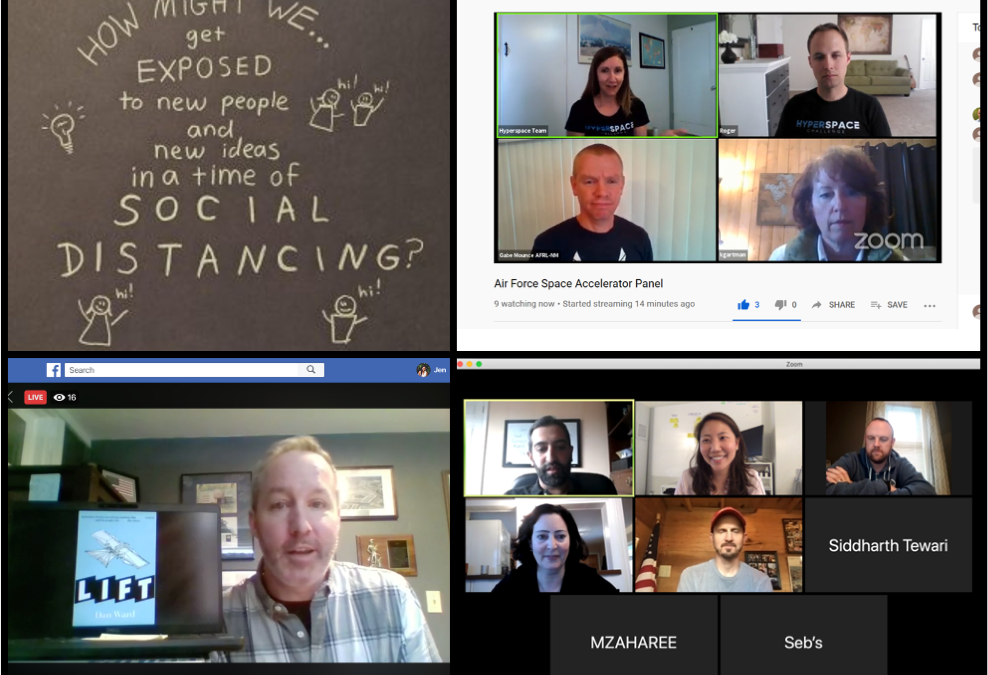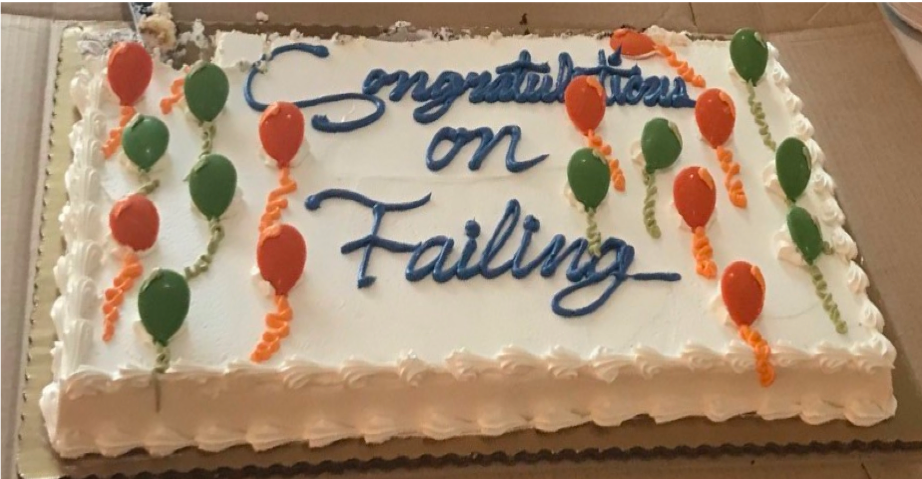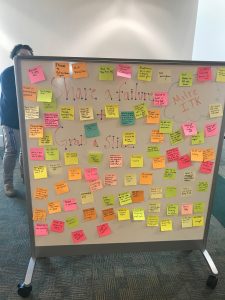
Innovation Resiliency: It’s possible and has been demonstrated!
What happens when you combine numerous cancelled conferences, a requirement for social distancing, and a desire for innovation…?!
As organizers of major conferences began cancelling events in March due to the growing spread of COVID-19, the opportunities to meet new people and exchange new ideas was looking increasingly slim. Serendipity and creative collisions are crucial for innovation, so the lack of in-person opportunities was especially disappointing for our innovation community.
What started off as a question (“Is anyone interested in doing something online?”) evolved into a challenge statement (“How might we meet new people and exchange ideas in a time of social distancing?”) and grew into a rapid, 2-week experiment to lightly curate a virtual collaboration event across the Innovation Ecosystem: Innovation Resiliency 2020.
We were blown away by the response, and we were thrilled to feature 30 presentations on 13 different content-sharing platforms for topics spanning defense, healthcare, gaming, and more. Our Innovators came from government and industry, bringing a diversity of thinking (and format!) that was refreshing and informative as we collectively find our way using new tools and methods in this time of virtual collaboration.
Not only that, what was also inspiring was the cooperative spirit and willingness to experiment. We were so impressed by each of our presenters, who were all willing to quickly develop a virtual talk with less than two week’s notice. Not only that, partner organizations were willing to co-sponsor and/or help promote each other’s virtual events in order to help connect our communities (shout out to Defense Innovation Network, NatSecGirlSquad, and Public Spend Forum!).
So thank you, Innovators, for proving our hypothesis that our community IS resilient and that it IS possible to meet new people and exchange new ideas in this time of social distancing. We are so stoked to be in this together with you!
ICYMI, check out the recordings and sign up for next time here!
Team Toolkit talks:
- Jessica and Stephanie led Reframing Failure to Fuel Innovation
- Dan led Book Discussion and Meet the Author – Dan Ward’s LIFT
- Jen led AMA: What’s the buzz about… Innovation Workshops?!
#InnovationResiliency2020


 MITRE employees are not afraid to fail. They recognize the growth and learning that comes with – one employee said, “if not for this failure, I wouldn’t be here at MITRE”.
MITRE employees are not afraid to fail. They recognize the growth and learning that comes with – one employee said, “if not for this failure, I wouldn’t be here at MITRE”.